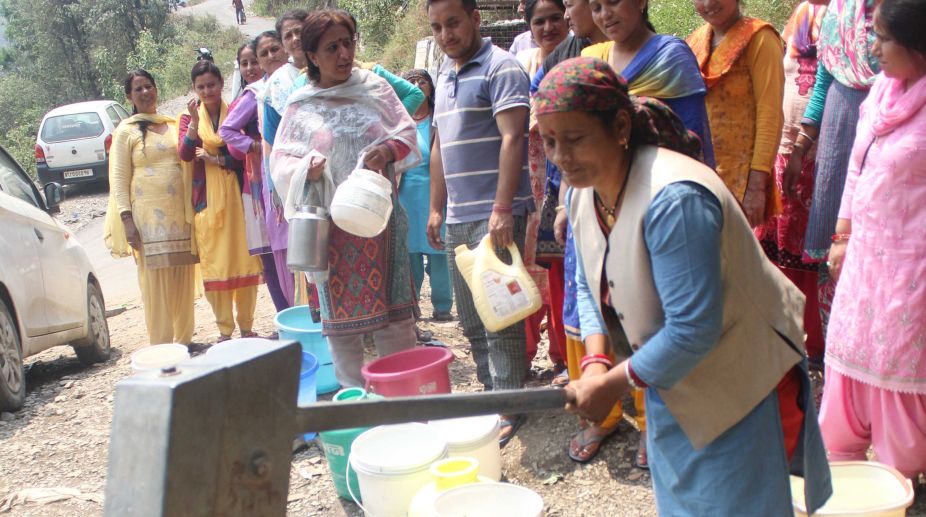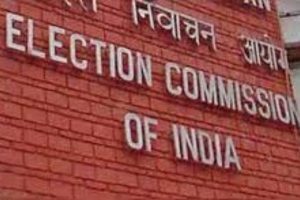As the Queen of Hills, Shimla is limping back towards normalcy after facing severe water crisis that was even compared with that of Cape Town in South Africa, the entire situation points out towards systemic neglect on basic issues over the years.
No proper planning to maintain the natural resources of water in the capital of Himachal Pradesh, coupled with lack of remedial measures to check pollution in small rivulets and nullahs had lead to further aggravation of the problem.
“There were around 35-30 natural resources of water in Shimla that have been encroached upon and their water diverted for private consumption,” Ravish Kumar, a local said.
Kumar said further, the existing natural resources as Bawris were not properly maintained over the years and most of them have almost dried up.
The water pollution and lack of proper management of water sources was termed as one of the key issue in a research paper that was published by ShashiShekhar, an Environment Planner with HP Pollution Control Board.
The report had pointed out that water pollution is also one of the key concerns of Shimla Planning Area and the issues assumes critical importance in view of the limited water resources available for drinking water and other consumption of the city.
“As drinking water problem of the city is well acknowledged by all sections of the city dwellers, improper use of water and further pollution of this scarce resource are evident from the data analyzed by the Board,” the report had stated.
As sewage concentration in wastewater is very high in surrounding khads of Shimla and there is not enough water for effective dilution and purification (self-corrective measures of the running water in the khads.The board had examined the quality of about 4-5 khads and nallahs in and around Shimla and had found out that the quality of these khads has deteriorated because of untreated disposal of waste water.
As per this study, built-up areas excluding transportation network has increased from about 11.08 percent to above 17 percent while forest cover has declined from 61.12 percent to about 54 percent. Agricultural land too had witnessed decrease from 21.8 percent to about 18 percent.
Shimla Municipal Corporation Mayor KusumSadret admitted that there have been issues related to water supply in the tourist town and said the present situation was the result of natural phenomena of less rains and snowfall in the past few years.
“We are making efforts to prepare long term plans to ensure that such crisis doesn’t arise in future. Besides, the MC Shimla has speeded-up process to start lifting water from Satluj River and possibilities of lifting water from other sources around the capital are also being explored,” Sadret told The Statesman.
She added 35 MLD water was lifted for supply in the city and if they continue to get similar amount of water in the next days, they would be able to provide water to all, ending the present crisis.











